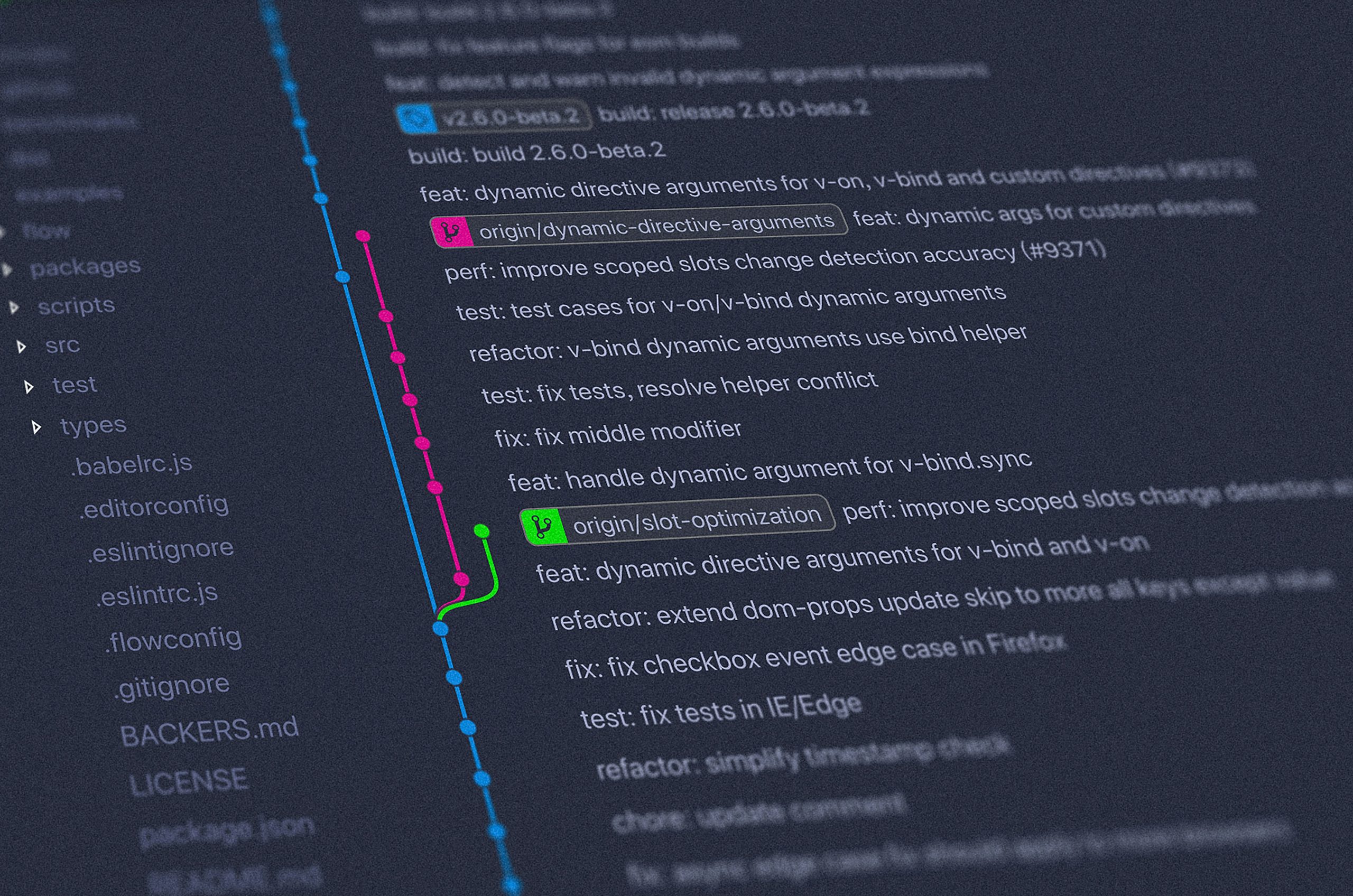Understanding Form Design Best Practices
In today’s digital landscape, forms are pivotal in capturing user information and facilitating conversion processes. Whether signing up for a newsletter, purchasing, or collecting feedback, the usability of your form can significantly impact the user experience. Form design best practices encompass strategies and techniques aimed at optimizing forms for simplicity, efficiency, and high engagement. By adhering to these practices, businesses can minimize form abandonment and maximize completion rates.
Why Are Form Design Best Practices Important?
Firstly, well-designed forms reduce friction, guiding users seamlessly toward completing an action. They improve data accuracy and collection efficiency by ensuring users understand what is expected. According to HubSpot, a simple form redesign can boost conversion rates by up to 160%. Understanding and implementing form design best practices is crucial for enhancing user interaction and achieving business goals.
Essential Best Practices for Form Design
Design for User Experience
Creating a positive user experience is at the core of effective form design. Here are some crucial pointers:
- Clarity and Simplicity: Avoid overwhelming users with too much information. Use clear labels and placeholders to guide users effortlessly.
- Logical Flow: Arrange questions in a logical order, creating a narrative that feels intuitive and natural to follow.
- Mobile Optimization: With an increasing number of users accessing forms through mobile devices, ensure your forms are responsive and easy to navigate on smaller screens.
Keep It Simple and Focused
Forms should be concise and focused on their primary purpose. Here’s how to achieve that:
- Minimize Fields: Only ask for essential information. Every additional field can potentially decrease completion rates.
- Use Conditional Logic: Show or hide fields based on previous responses, keeping forms relevant and tailored to individual users.
- Progress Indicators: For longer forms, use a progress bar to indicate completion and encourage users to finish the process.
Enhance Accessibility
Accessibility is about making your forms usable for everyone, including individuals with disabilities. Consider the following:
- Label Properly: Ensure all form field labels are clearly associated with their respective input fields for screen readers.
- Keyboard Navigation: Ensure the form can be navigated using a keyboard, providing an alternative to mouse-dependent interactions.
Provide Clear Feedback
Feedback helps users understand whether their input is correct and what to do next:
- Inline Validation: Offer real-time feedback on input fields to prevent errors before submission.
- Error Messages: Provide clear, concise error messages with suggestions for correction. Avoid using jargon or technical language.
Leveraging Data and Analytics
Understanding how users interact with your forms can provide valuable insights into improving design:
- Analyze Metrics: Tools like Google Analytics offer insights into form engagement, helping identify friction points that lead to abandonment.
- A/B Testing: Evaluate different form designs to find out which version achieves better user engagement and conversion rates.
Conclusion: Embracing Form Design Best Practices
Implementing form design best practices is essential for businesses looking to improve user engagement and conversion rates. By designing forms that are simple, accessible, and user-friendly, you foster an environment that encourages users to complete forms without friction. Stay informed about the latest trends and continuously iterate your design based on user feedback and analytics data. Embrace these best practices, and watch as your form conversion rates—and your business—flourish.




